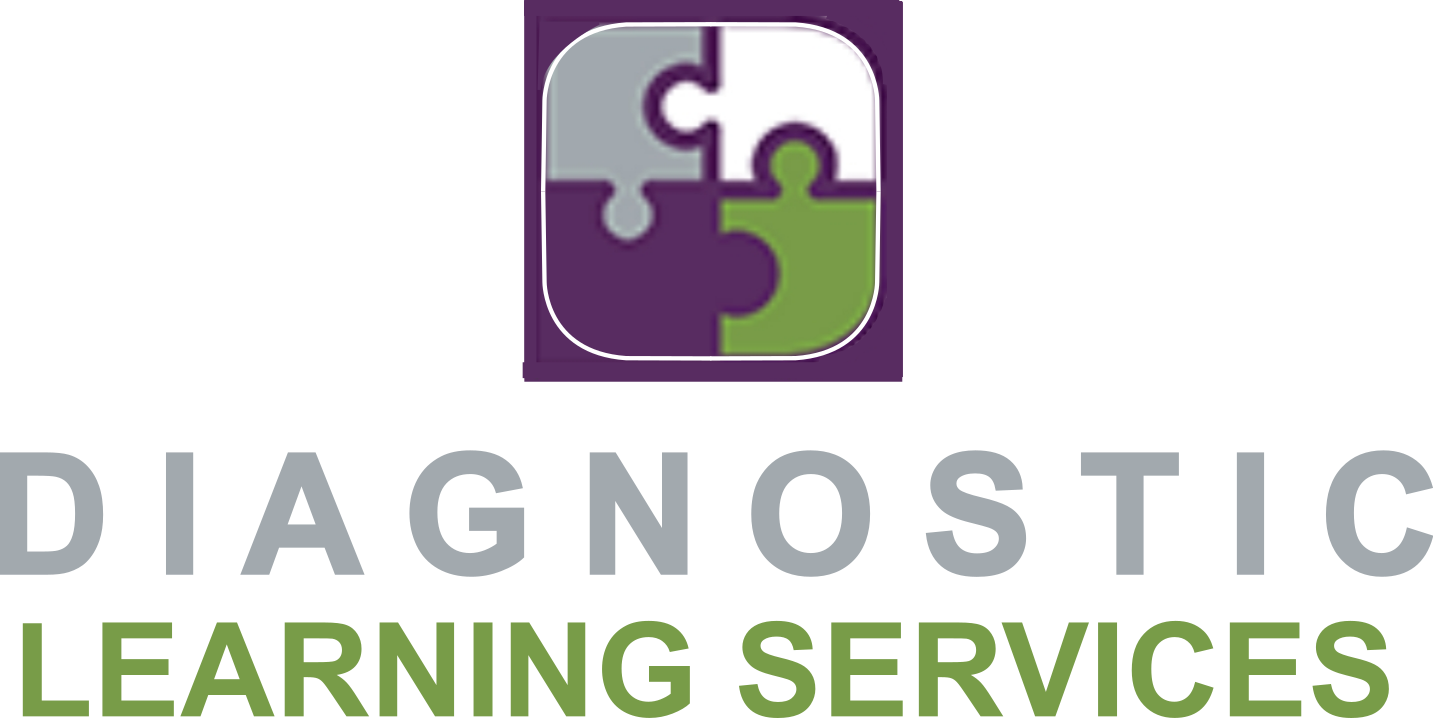Nurturing Harmony: Emotional Regulation in Kids with ADHD
Attention Deficit Hyperactivity Disorder (ADHD) is a neurodevelopmental disorder that affects millions of children worldwide. While the hallmark symptoms of ADHD often involve challenges with attention, impulsivity, and hyperactivity, the emotional aspects of the disorder are equally significant. Emotional regulation, the ability to manage and express one's emotions appropriately, can be particularly challenging for kids with ADHD. In this article, we will explore the importance of emotional regulation in children with ADHD and discuss effective strategies to support them on their journey to emotional well-being.
Understanding Emotional Regulation in ADHD:
Children with ADHD often struggle with heightened emotional responses and difficulties in self-regulation. Their emotions may be more intense, and their ability to manage these feelings may be compromised. Common emotional challenges include frustration, impatience, anger, and even emotional outbursts. It is crucial to recognize that these struggles are not indicative of a lack of emotional intelligence but rather a manifestation of the neurobiological differences associated with ADHD.
Why is Emotional Regulation Important?
Emotional regulation is a fundamental aspect of healthy social and emotional development. Children who can navigate their emotions effectively are better equipped to build positive relationships, succeed academically, and engage in constructive problem-solving. For kids with ADHD, improving emotional regulation can lead to enhanced self-esteem and an increased sense of control over their lives.
Strategies for Supporting Emotional Regulation in Kids with ADHD:
Structured Routine:
Establishing a consistent daily routine provides a sense of predictability for children with ADHD. Knowing what to expect helps reduce anxiety and promotes emotional stability. Ensure that the routine includes designated times for meals, homework, play, and bedtime.
Clear Communication:
Open and honest communication is key. Encourage your child to express their feelings and thoughts, and actively listen without judgment. Teach them appropriate ways to communicate their needs, helping them develop effective interpersonal skills.
Teaching Coping Skills:
Equip your child with a toolbox of coping skills to manage intense emotions. This could include deep breathing exercises, mindfulness techniques, or activities that provide sensory input. Collaborate with teachers and therapists to reinforce these strategies across different environments.
Break Tasks into Manageable Steps:
Children with ADHD may become overwhelmed when faced with complex tasks. Break down assignments and activities into smaller, more manageable steps. This not only supports their academic success but also helps prevent frustration and emotional overload.
Encourage Physical Activity:
Regular physical activity has been shown to have positive effects on mood and behavior. Encourage your child to engage in activities they enjoy, whether it's playing a sport, dancing, or simply going for a walk. Physical exercise can serve as a valuable outlet for excess energy and stress.
Provide Positive Reinforcement:
Reinforce positive behavior through praise and rewards. Acknowledge and celebrate small achievements, fostering a sense of accomplishment and motivation. Positive reinforcement can contribute to the development of self-control and emotional regulation skills.
Supporting emotional regulation in children with ADHD requires patience, understanding, and a holistic approach that considers their unique needs. By implementing these strategies and working collaboratively with educators, therapists, and other support systems, parents can empower their children to navigate the complexities of emotions with resilience and confidence. Ultimately, fostering emotional regulation in kids with ADHD not only enhances their well-being but also equips them with valuable skills for a successful and fulfilling future.
